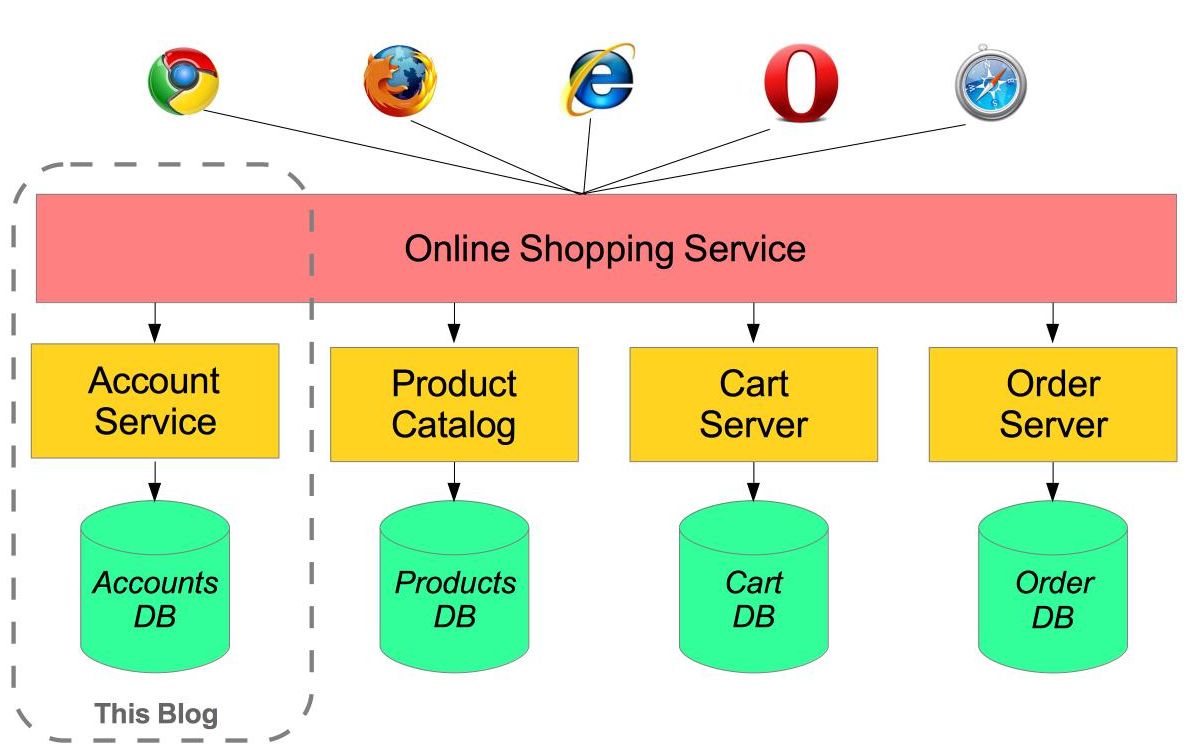This Week in Spring - July 28, 2015
Welcome to another installment of This Week in Spring! We've got a lot to cover so let's get to it!
- Spring Data lead Oliver Gierke just announced Spring Data SR2 which includes 40 issues fixed and includes an important update to the support for JTA 1.2's
@Transactional - Spring Security lead Rob Winch has just announced Spring Security Kerberos 1.0.1 which includes Spring Security 4 and LDAP 2.0 support, as well as a fix for an issue.
- Spring Security lead Rob Winch doesn't sleep so he also just announced Spring Security 3.2.8
- Not resting on his laurels, Spring Security lead Rob Winch also announced Spring Security 4.0.2 which - among other things - includes numerous bug fixes, support for Spring framework 4.2, and minor improvements to Spring Security itself including a status code returning
…

